Car
Formula 3: Everything you need to know about the next generation F3 car
by Samarth Kanal
4min read
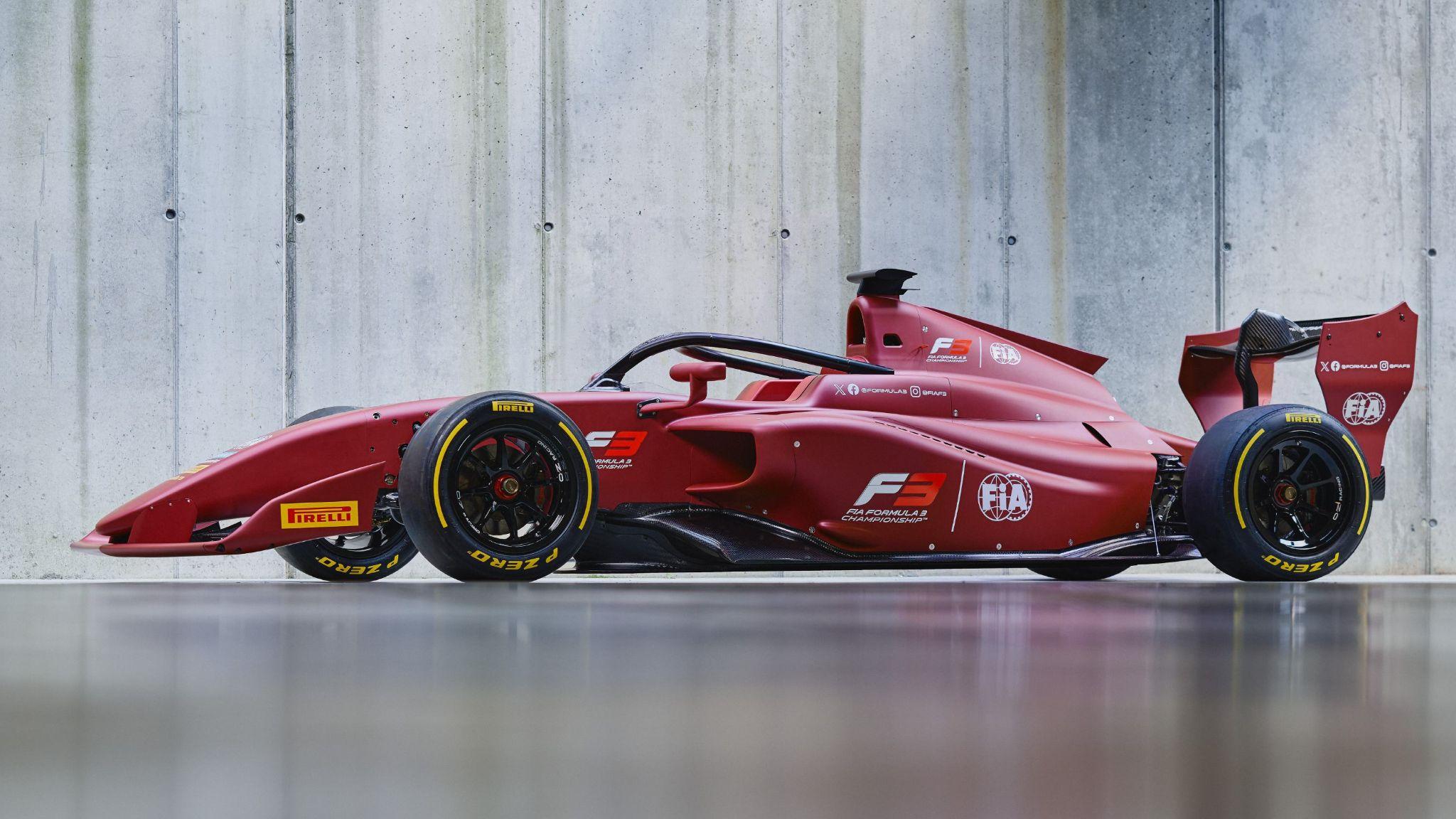
The brand-new Formula 3 car for 2025 was unveiled at the 2024 Formula 1 Italian Grand Prix and it includes major changes. We unpack the big updates to next year’s F3 machinery.

Car, Innovation, Motor
The science behind tyre degradation in Formula 1
Larger 16-inch wheels - as RaceTeq revealed in July - will make the biggest difference to the car’s dynamics as well as a stronger emphasis on ground effect.
Those changes, plus safety and cockpit improvements to the Dallara-produced car, ensure a closer link between the series on the FIA single-seater ladder as drivers prepare to graduate from F3 to Formula 2 and F1
Here are the key factors that will differentiate next year’s F3 car from its predecessor.
16-inch wheels
Eighteen-inch tyres were deployed to F2 cars in 2020 and then to F1 cars in 2022 - and now F3 will follow suit as it increases its tyre size from 13 inches to 16 inches in 2025.
The series has decided to bring its F3 car further in line with the cars above it in the single-seater ladder - mostly for handling reasons, but also aesthetic reasons. Eighteen-inch tyres were however deemed too large for the F3 car.
This will also give Pirelli, the championships’ tyre supplier, the chance to test 16-inch tyres (which are lighter than the larger 18 inch tyres) in racing conditions in case they can be applied to F2 cars or F1 cars in the future.
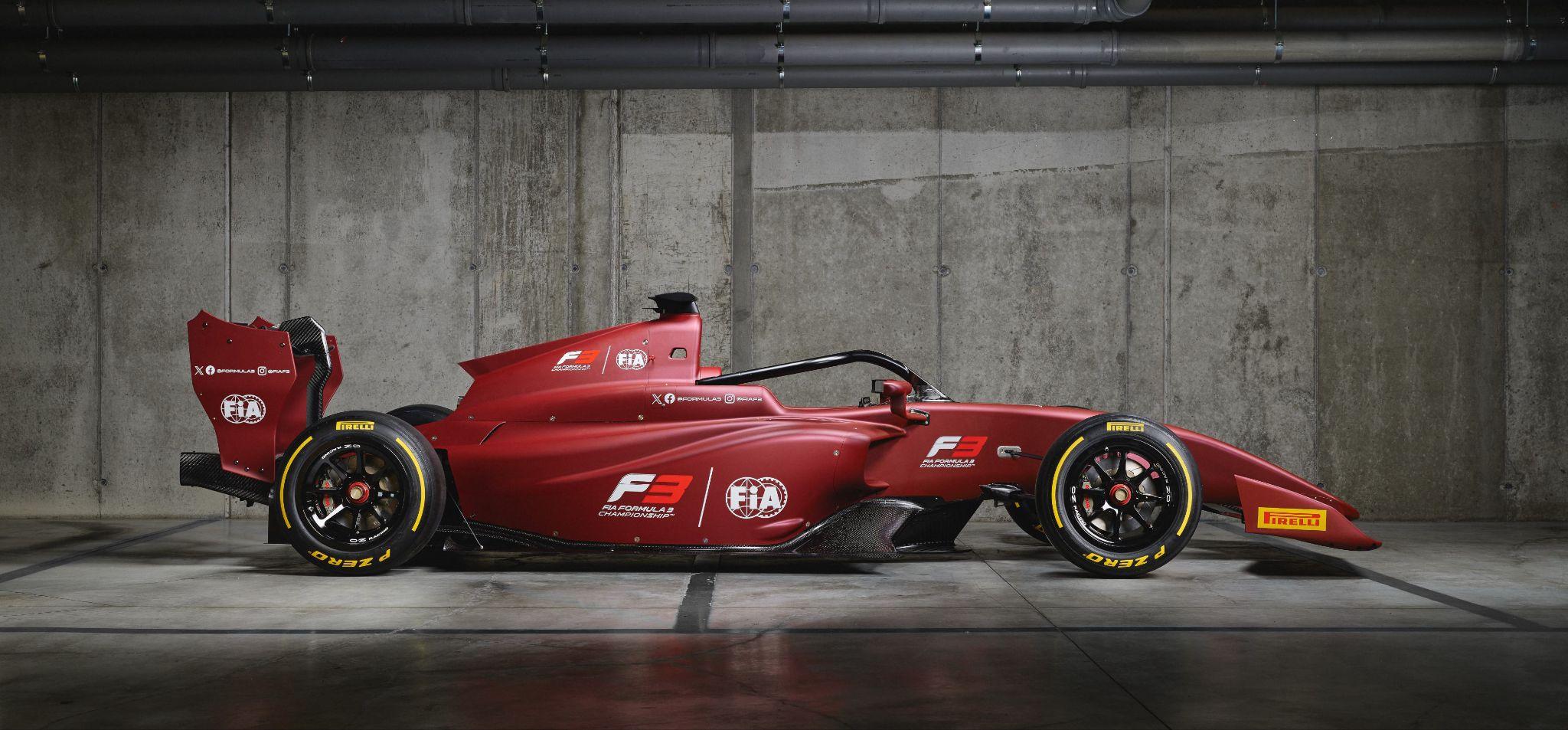
Tyres are bigger (16 inches) on the new Formula 3 car, which brings them closer in line to the Formula 2 and Formula 1 cars
New tyres mean that the next F3 cars will handle dramatically differently from the current ones - and with teams only receiving the new machines by December 2024, they are already beginning to simulate the effects of larger wheels and thinner sidewalls on the cars’ handling.
For Prema team principal Rene Rosin, this change isn’t an issue: “We moved from 13 to 18 [inches] in Formula 2, it was not a drama. We will move from 13 to 16 [inches] now and it will not be a drama,” he said.
The new tyres will also include a natural rubber component certified by the Forest Stewardship Council (FSC).
New aerodynamics
At first glance, the new F3 bodywork is one of its most striking changes. It closely resembles the F2 car - although the curved rear wing is not present on the F3 car - and this is a deliberate move.
FIA single-seater director Nicolas Tombazis explained that the bodywork changes were made to ensure closer racing.
“All of this is a product of a lot of aerodynamic work we carry out in the FIA. We simulate fully the shape of the car in the same way we do in Formula 1.
“And we make sure that the wake of the car gets sent above the following car and therefore, the following car sees a much cleaner level of flow, much less turbulence, and therefore loses less aerodynamic load.
“Hence it is easier to follow closely and attack, and so on. It's closer racing, that's what we're seeking.”
Furthermore, the car will include a floor with Venturi tunnels - like F2 and F3 - so a greater proportion of the car’s downforce will be generated by ground effect.
This will mean teams will have to wrestle with car set-up, particularly ride height and other suspension changes, to make sure the car’s platform is stable and it is generating enough downforce while drivers tackle bumps and kerbs on track.

The underfloor and diffuser have been tweaked to generate a higher proportion of the F3 car’s downforce through ground effect
The engine and Aramco fuel
The new F3 car will be powered by a six-cylinder Mecachrome engine - similar in specification to the F2 engine, but without a turbocharger - with a 3.4-litre capacity and a peak power output of 380 horsepower at 8,000 rpm.
The engine will now be mated to a six-speed sequential gearbox from French supplier 3MO rather than Hewland, which supplies the F2 gearbox.
In July, F2 and F3 CEO Bruno Michel told RaceTeq that this was done to prevent the championships from "putting all their eggs in the same basket".
The most significant change in terms of power delivery comes from the fuel.
The new car is planned to run on Aramco fuel that is expected to be adopted to comply with the FIA’s 100% sustainable fuel standard in 2025. This fuel, also planned to be used in the F2 championship, is intended as a step forward in the Formula 1 group’s drive to be Net Zero by 2030.
“This demonstrates our commitment to work towards lowering motorsport's greenhouse gas emissions while driving innovation,” said FIA president Mohammed Ben Sulayem.
Michel added: “Thanks to our partner Aramco, the F3 car will run on advanced fuel, meeting the FIA 100% sustainable fuel standard as early as 2025, and several parts of the F3 2025 will use recycled carbon."
Recycled carbon will be used in the front wing endplates, the shell of the driver seat, and the engine cover.
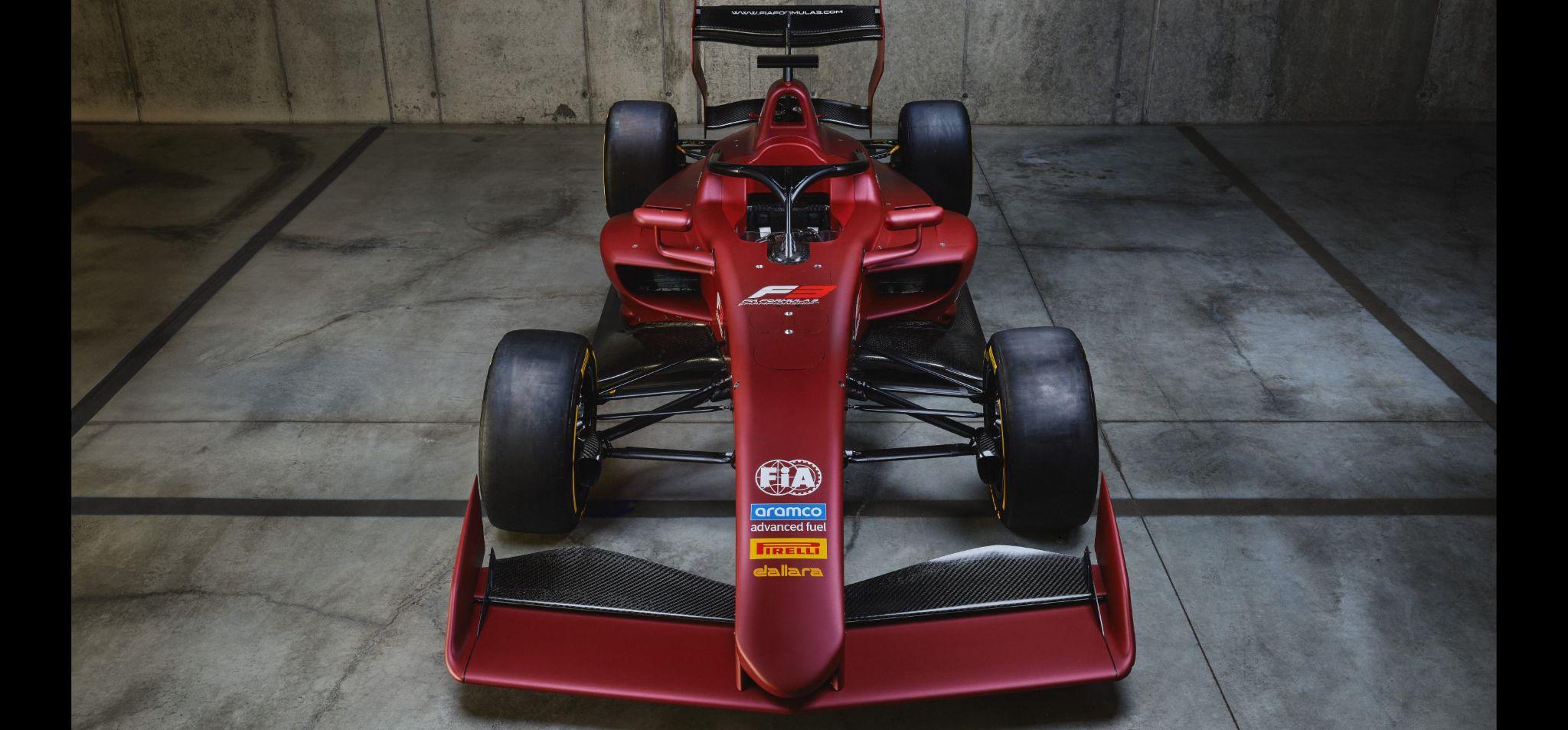
The new F3 car includes recycled carbon and will utilise Aramco advanced fuel
Safety, accessibility and the next steps
Ahead of the F3 car’s reveal at Monza, F3 drivers commented that they wanted to see safety improvements from the new car. Just as F2 did in 2024, F3 will make those changes in 2025.
The new F3 car will conform to the FIA’s latest safety standards with a stronger crash structure thanks to improvements to the carbon monocoque.
With that the F3 car has had to satisfy more stringent crash tests and static impact tests mandated by the FIA.
To protect drivers better from side impacts, the car includes anti-intrusion panels. Furthermore, a steel halo device protects their heads from impact, while stronger wheel tether cables ensure tyres don’t break away from the car and hit others in the event of a heavy impact.
The new parts will make the F3 car slightly larger, heavier and more expensive, although championship bosses feel this is a necessary step.
“Inherently, the measures we have to take for increased safety mean better materials, stronger structures, and more testing,” said Tombazis.
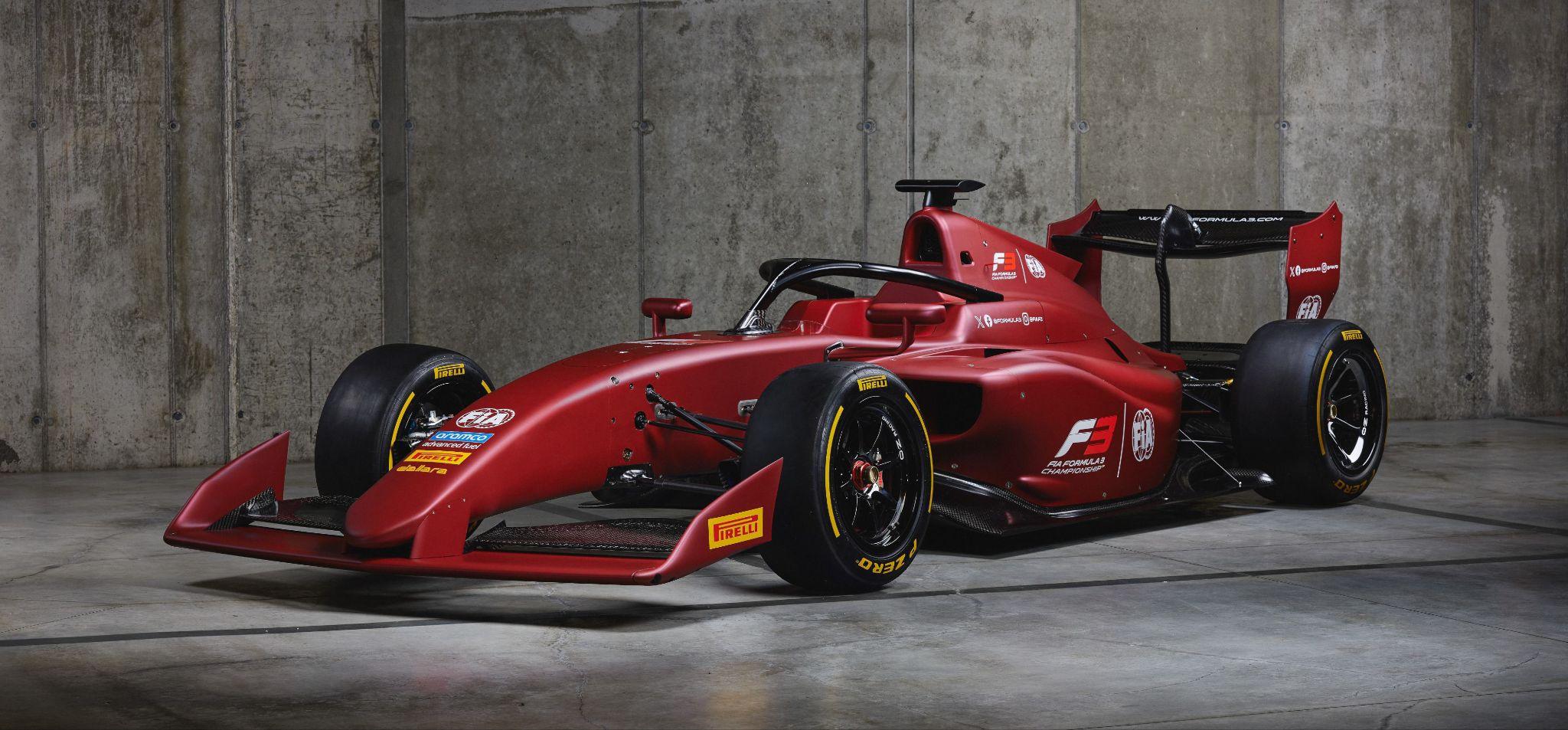
The new F3 car will be delivered to teams by December 2024
“These are all things which go towards increasing costs. We clearly want the safety to move to the highest level… we need to work very hard on all the categories leading to Formula 1 and that is something we work very closely with Bruno [Michel] and Dallara and everybody else.”
Furthermore, the cockpit of the new F3 car has been designed to improve accessibility, particularly with female drivers in mind. F1 Academy driver Chloe Chambers and F3 driver Sophia Floersch tested the changes to ensure their efficacy.
As is the case with the new F2 car, the F3 cockpit can now fit taller drivers.
“This is something that is very important… to make sure that we can fit any kind of driver,” explained Michel.
“We can fit in the cockpit now drivers from 160 to 190 centimetres, which is quite a wide range, and also the fact that the car has to be, in terms of steering effort, possible to be used by a lot of different drivers - [while] also keeping the sensitivity of the car [for] the drivers.”
The 2025 F3 car underwent a shakedown in June at the Italian circuit Varano with ex-F2 and F3 driver Tatiana Calderon at the wheel. Since then, it has covered 2,000 kilometres in testing and further development will continue in 2024.
That will lead to the first car being delivered to teams before the end of December 2024, and the other two cars being supplied to teams in mid-January 2025. Teams will debut their cars at the first official pre-season F3 tests in early 2025.
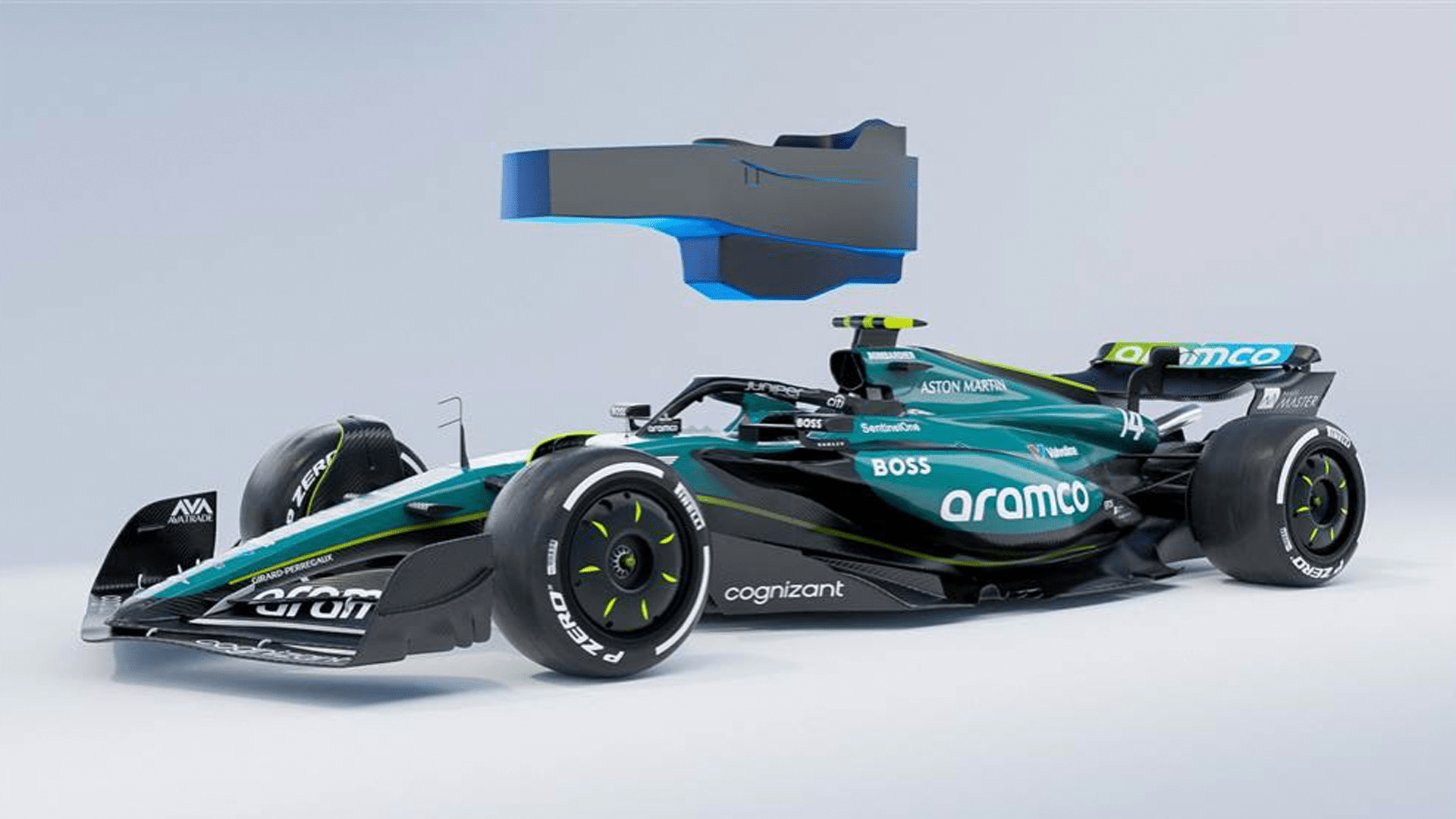
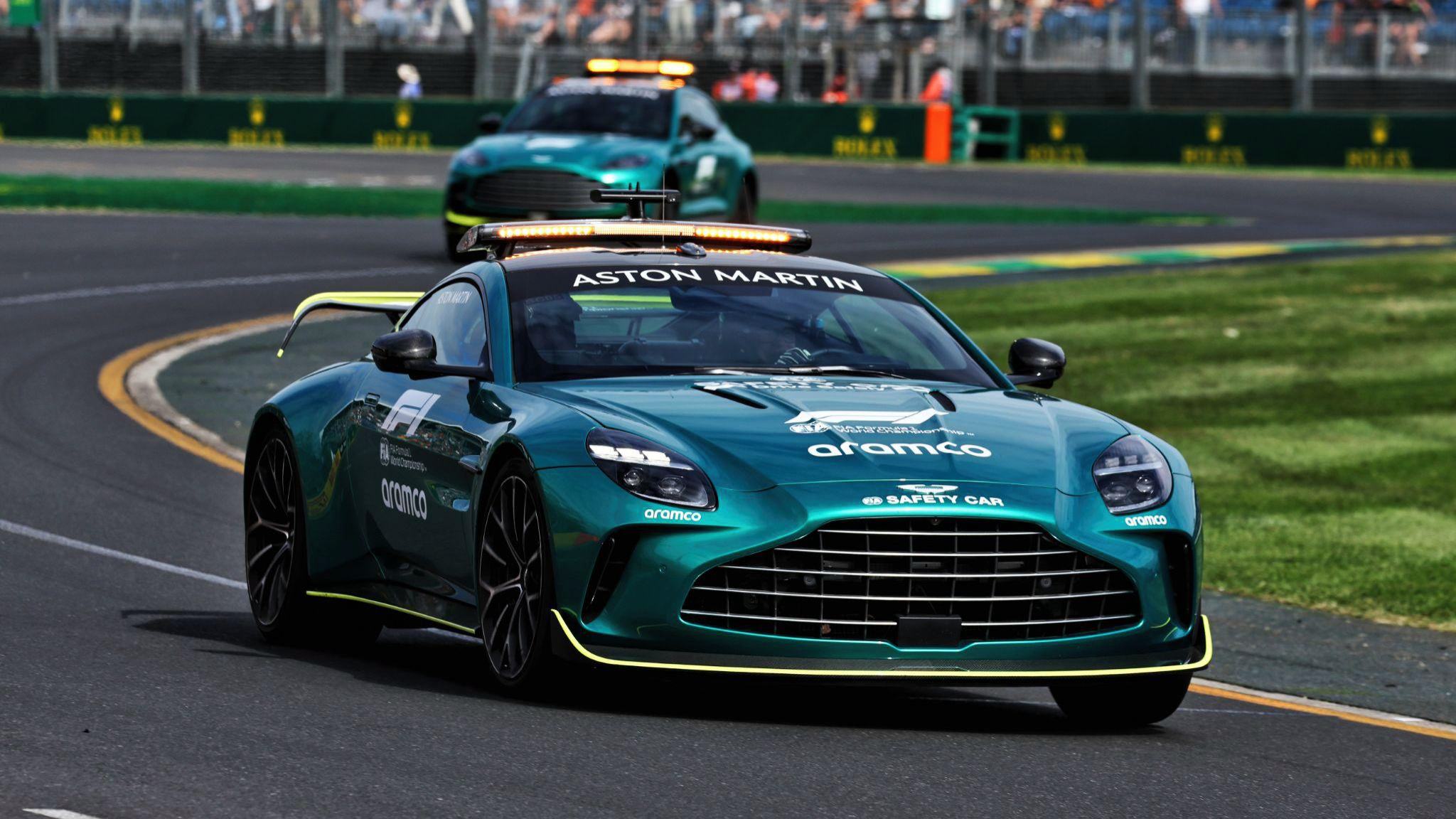
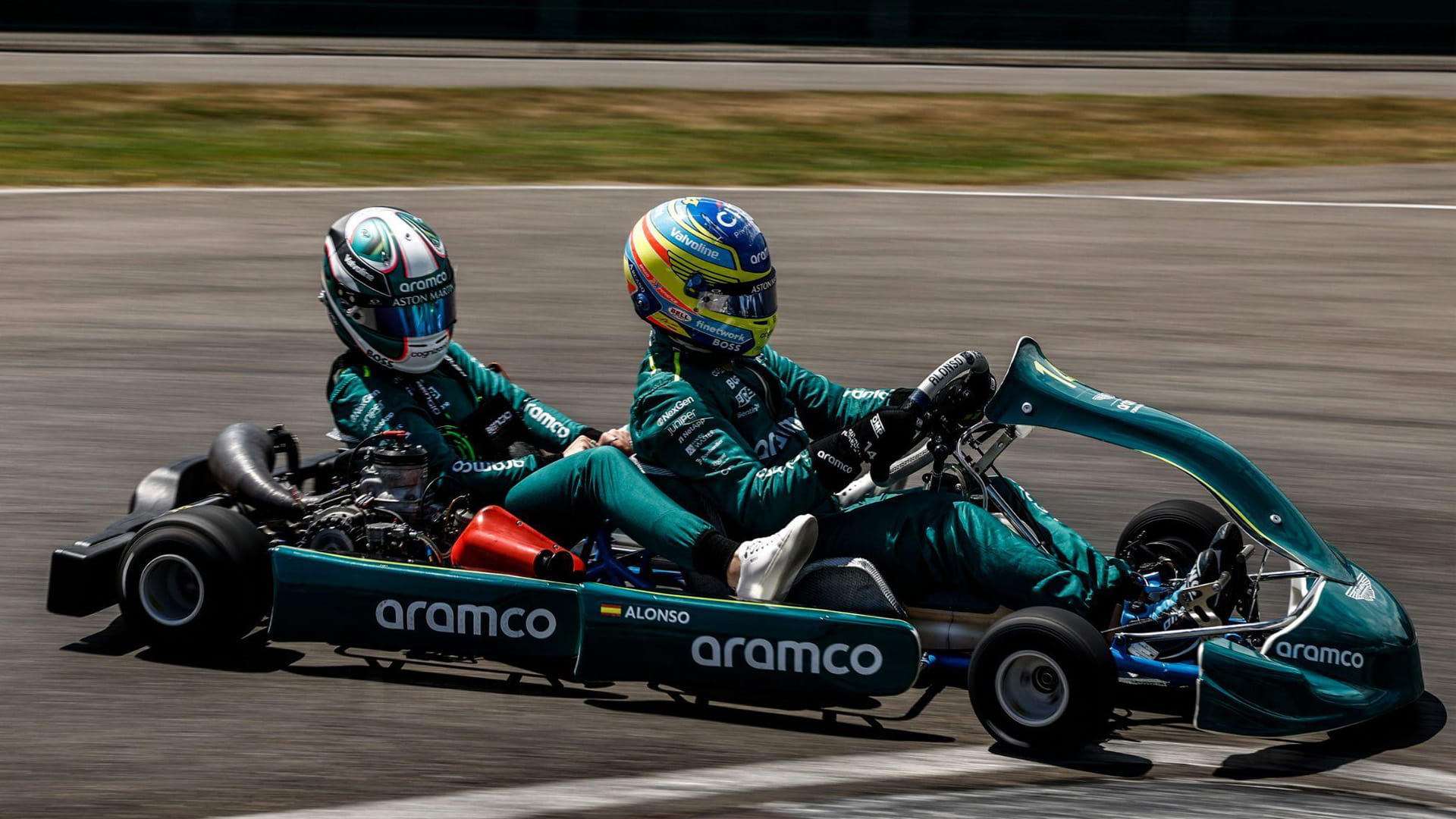
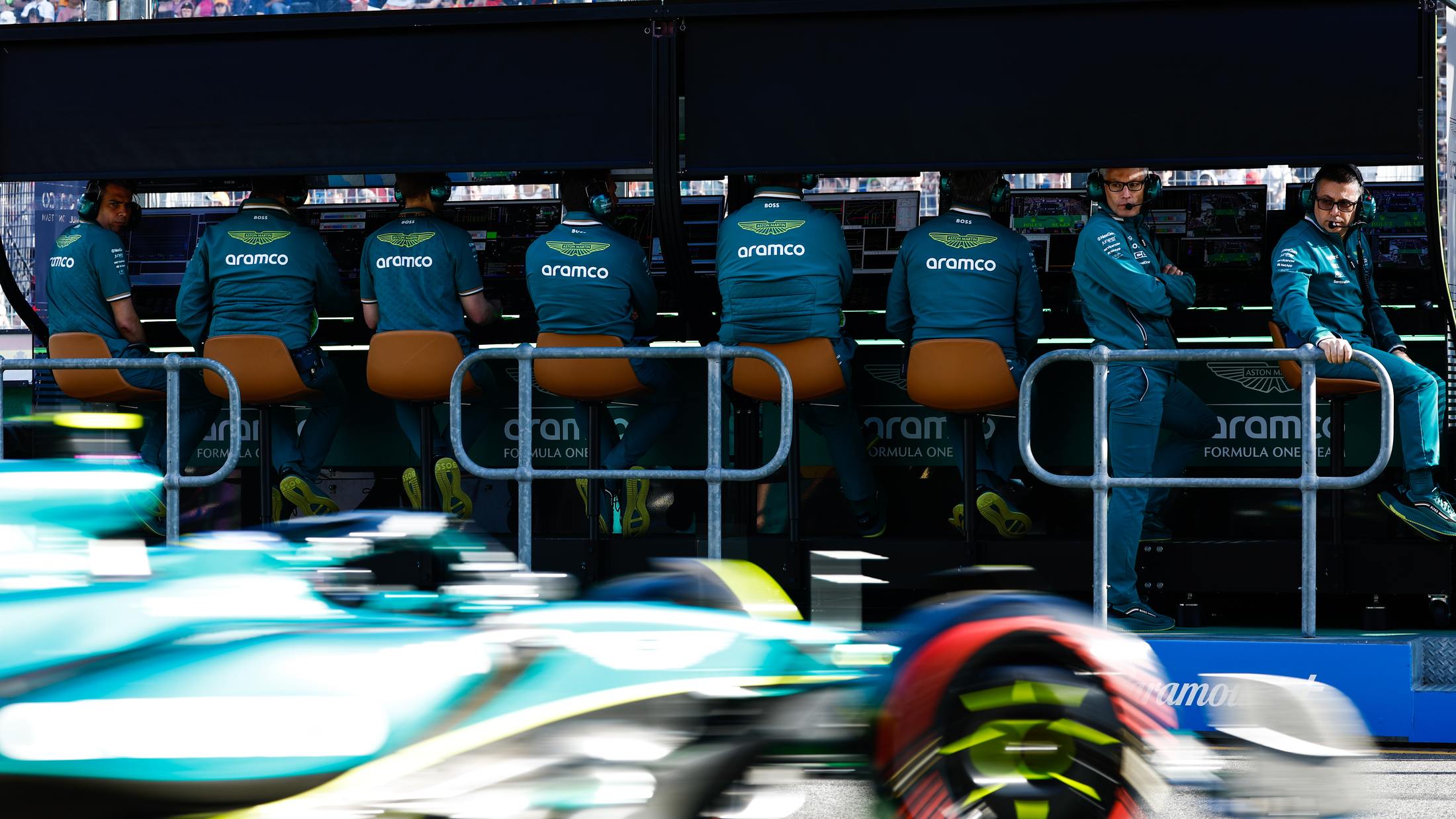
.jpg?cx=0.5&cy=0.5)